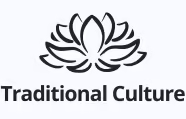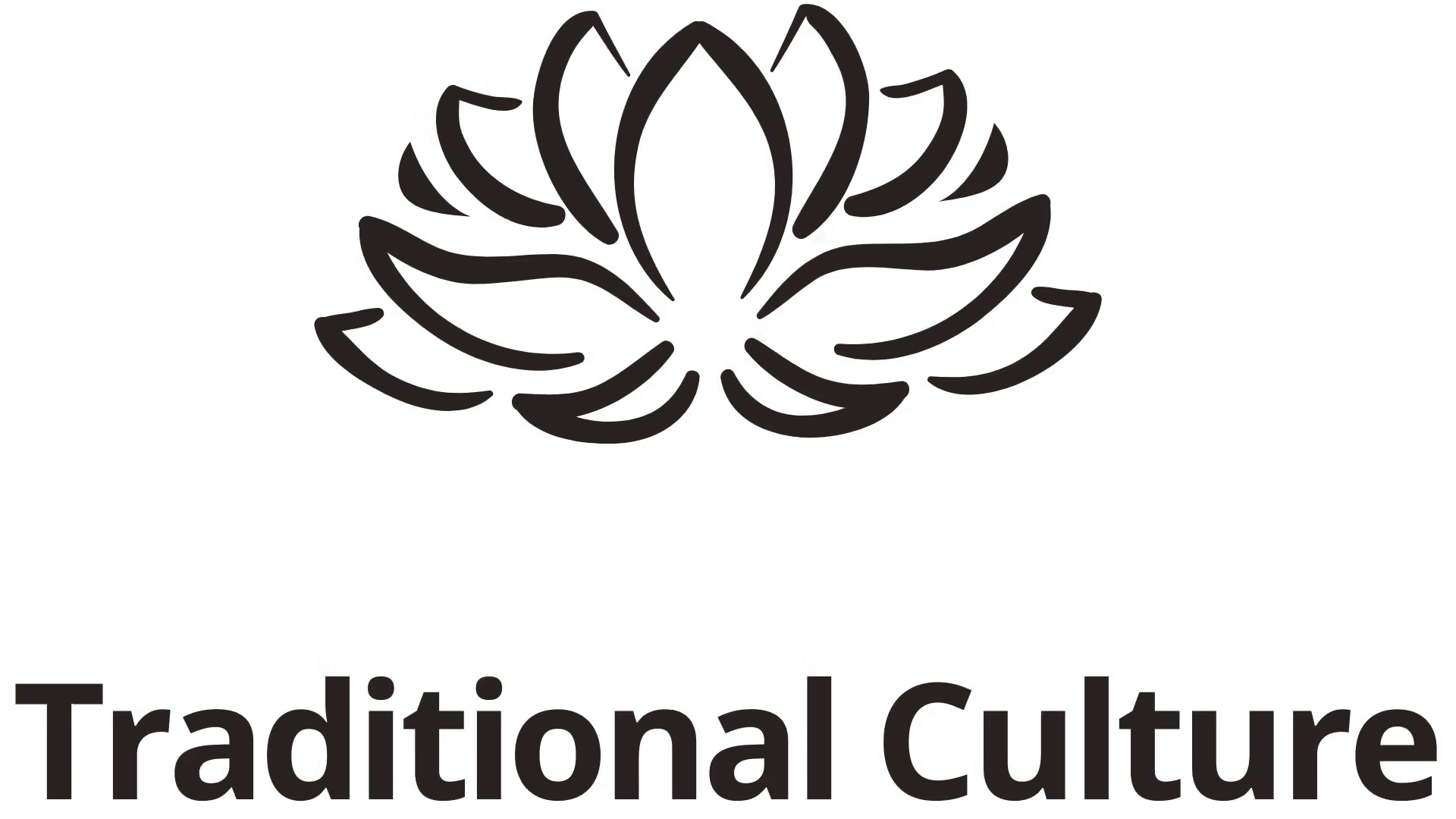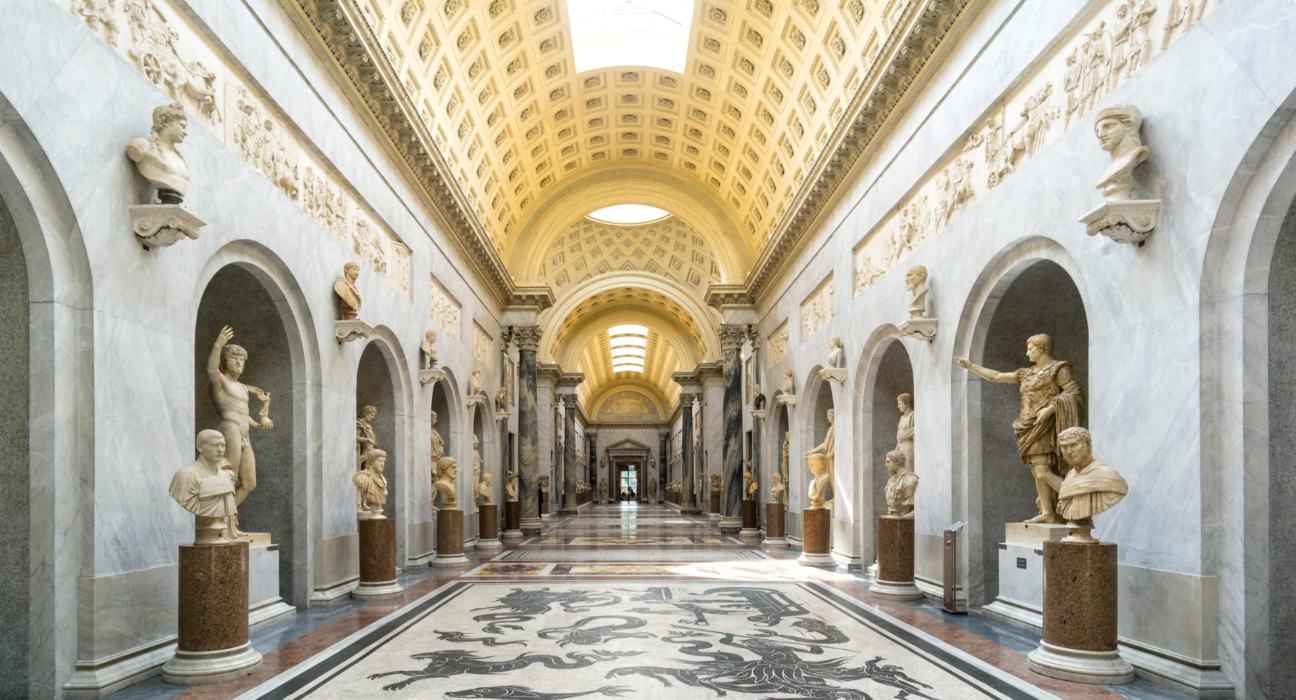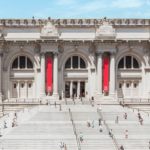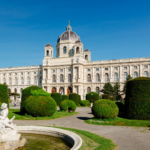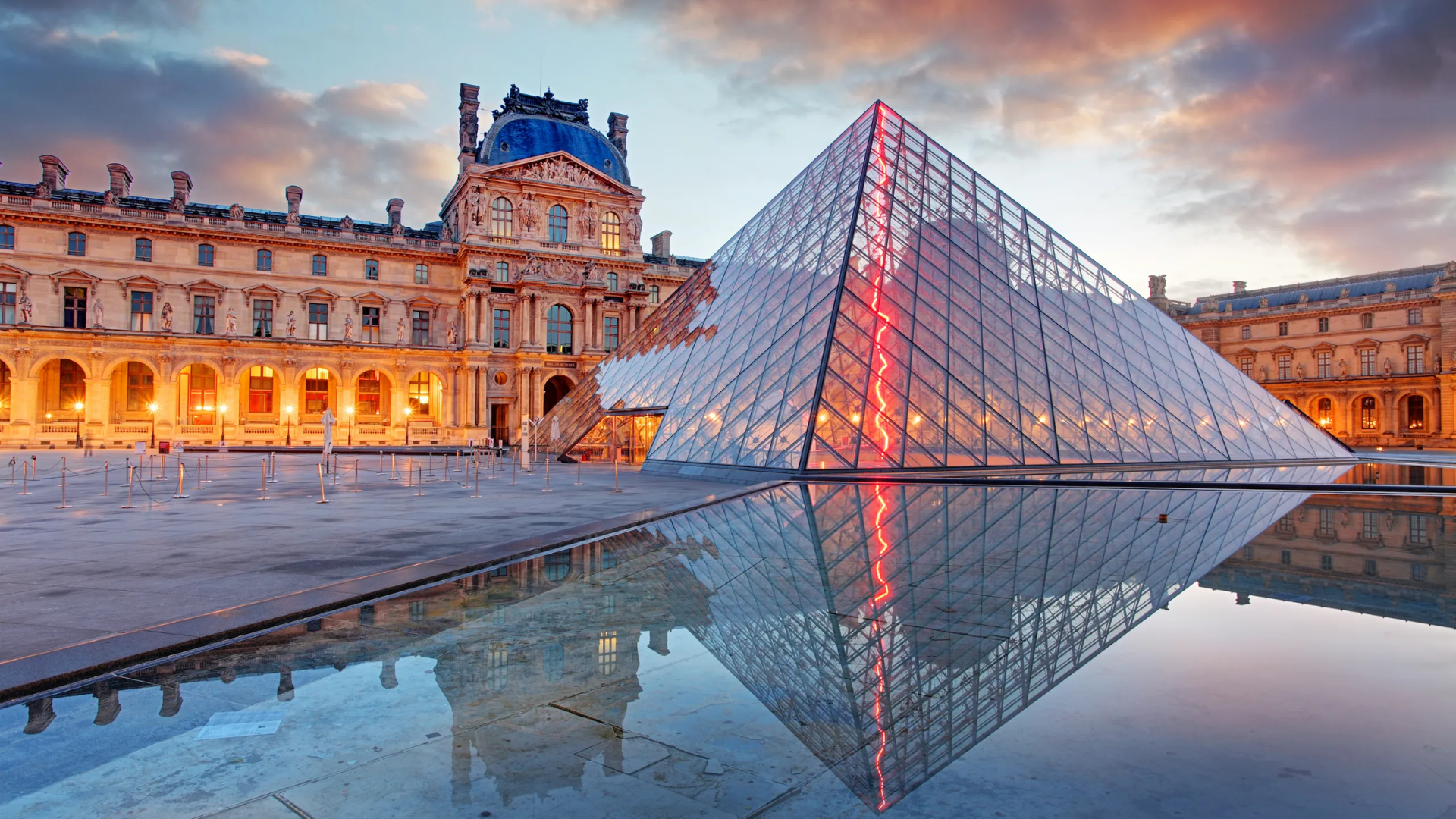The Vatican Museums sit at the heart of Vatican City, a nation within a nation nestled in the bustling metropolis of Rome. These revered spaces are not merely galleries for artistic expression; they encapsulate centuries of cultural and religious significance, telling stories that weave through the fabric of human history. As you step through their doors, you embark on a journey that transcends time—walking alongside the echoes of the past while contemplating the deep connections between faith, creativity, and personal exploration. From the mesmerizing frescoes painted by Michelangelo to ancient sculptures that evoke the grandeur of bygone civilizations, the Vatican Museums offer a treasure trove of artistic wonders. Each artwork serves as both a testament to human ingenuity and a reflection of the values that have shaped our beliefs throughout the ages.
The Artistic Legacy of the Vatican Museums

The Vatican Museums house an artistic legacy that is unparalleled throughout history. The sheer scale and diversity of the collections speak volumes about the intersection of faith, culture, and artistry.
The Renaissance Revolution
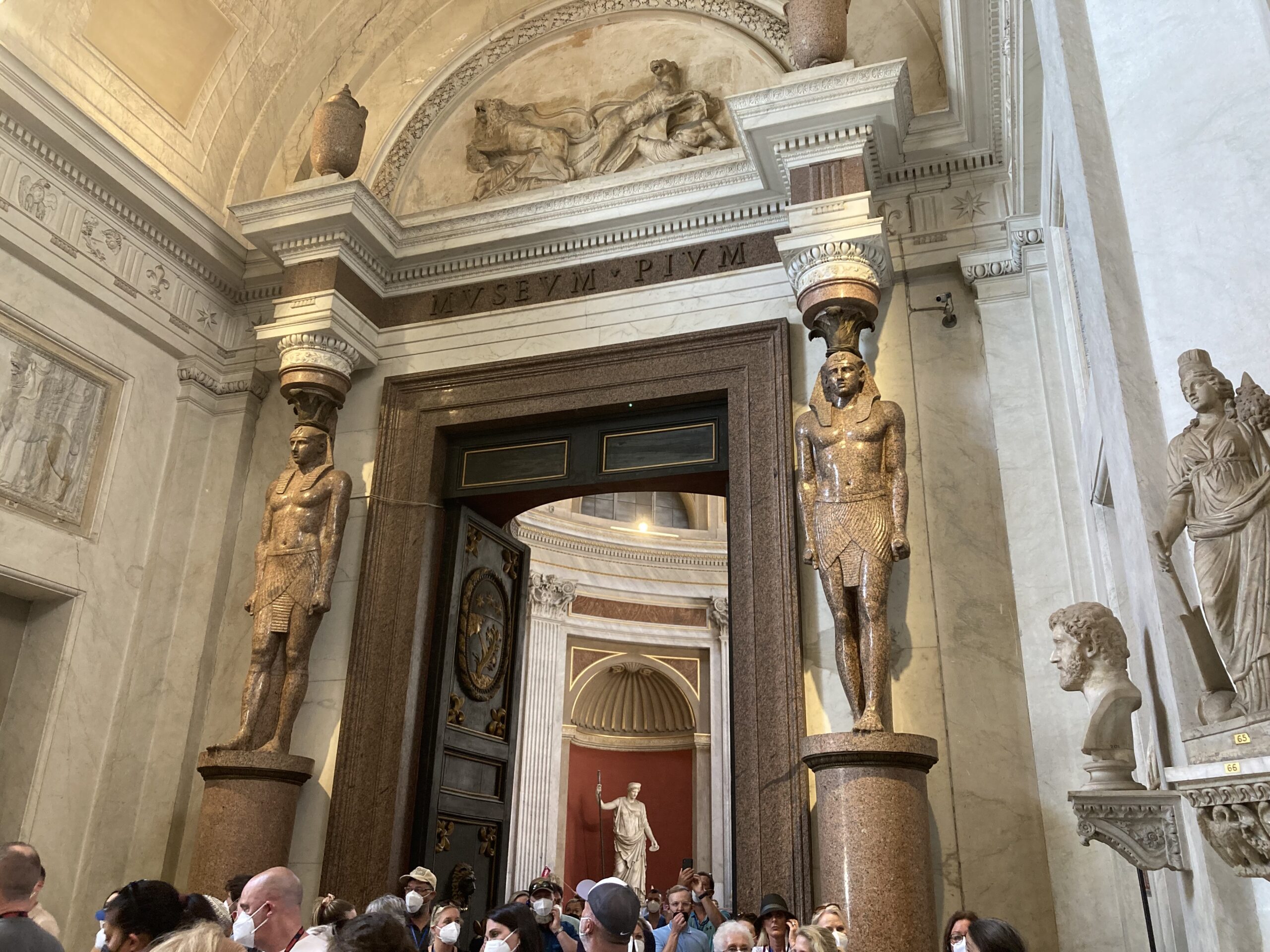
The Renaissance period marked a significant turning point in art history, showcasing an explosion of creativity and innovation.
During this era, artists like Michelangelo and Raphael emerged, pushing the boundaries of visual storytelling. Their works can be observed within the Vatican Museums, highlighting the spiritual themes and human emotions that defined the age. Each brushstroke or chisel mark narrates tales of divine encounters, mortal struggles, and the quest for knowledge, inviting viewers to reflect deeply on their own life journeys.
As you stand beneath Michelangelo’s Sistine Chapel ceiling, you cannot help but feel the weight of history pressing upon you. The vivid depictions of biblical stories flicker with life, revealing not only the artist’s genius but also his profound understanding of the human experience. It’s as if the figures come alive, drawing you into their narratives and prompting introspection about your place within the grand tapestry of existence.
This revolution in art was not solely an aesthetic movement; it was also a philosophical one. Artists began to explore the depth of human emotion, individuality, and the complexities of faith in ways that had previously been uncharted. In highlighting these nuances, the Vatican Museums serve as a powerful reminder of the capability of art to transcend time and connect people across generations.
Baroque Opulence

With the emergence of the Baroque era, the Vatican Museums experienced another transformation, embracing opulence and drama.
Baroque artists employed bold colors, dynamic compositions, and emotional intensity to convey religious fervor and human passion. The extensive collection of Baroque masterpieces housed within the museums reflects this shift, exemplifying how faith continued to inspire creativity.
For instance, the works of Gian Lorenzo Bernini, such as “The Ecstasy of Saint Teresa,” capture the transcendent nature of spiritual experiences. The intricate details and theatricality invite viewers to partake in the emotive power of the scene, evoking feelings of awe and reverence. It is this very essence that makes the Vatican Museums a pilgrimage site for many—a chance to immerse oneself in the depths of devotion and artistry.
As you wander through the galleries adorned with these magnificent artworks, you may find yourself pondering the role of beauty in worship. Is it simply an embellishment, or does it serve a greater purpose in bridging the gap between the divine and the ordinary? This contemplation offers fertile ground for personal reflection, enhancing your appreciation for the artistic treasures surrounding you.
Preservation of Culture
Beyond artistic excellence, the Vatican Museums play a crucial role in preserving cultural heritage.
Their collections span various epochs and styles, capturing the essence of different civilizations. By safeguarding these relics, the museums ensure that future generations inherit the richness of human creativity and spirituality.
Walking through the Egyptian Museum section, for example, transports you to another world—where ancient rituals, gods, and philosophies permeate every artifact. The meticulous preservation of mummies, hieroglyphics, and statues speaks to the commitment of the Vatican to honor and protect diverse cultural legacies.
In this age of rapid change and globalization, the act of preserving culture may seem paramount. The Vatican Museums serve as a sanctuary where disparate voices coalesce, reminding us of the importance of collective memory and shared identity.
Reflecting on the responsibility we hold as stewards of culture can enhance your visit, allowing you to appreciate not only the artworks themselves but also their historical significance and the narratives they carry forward.
Spiritual Journeys through the Vatican Museums
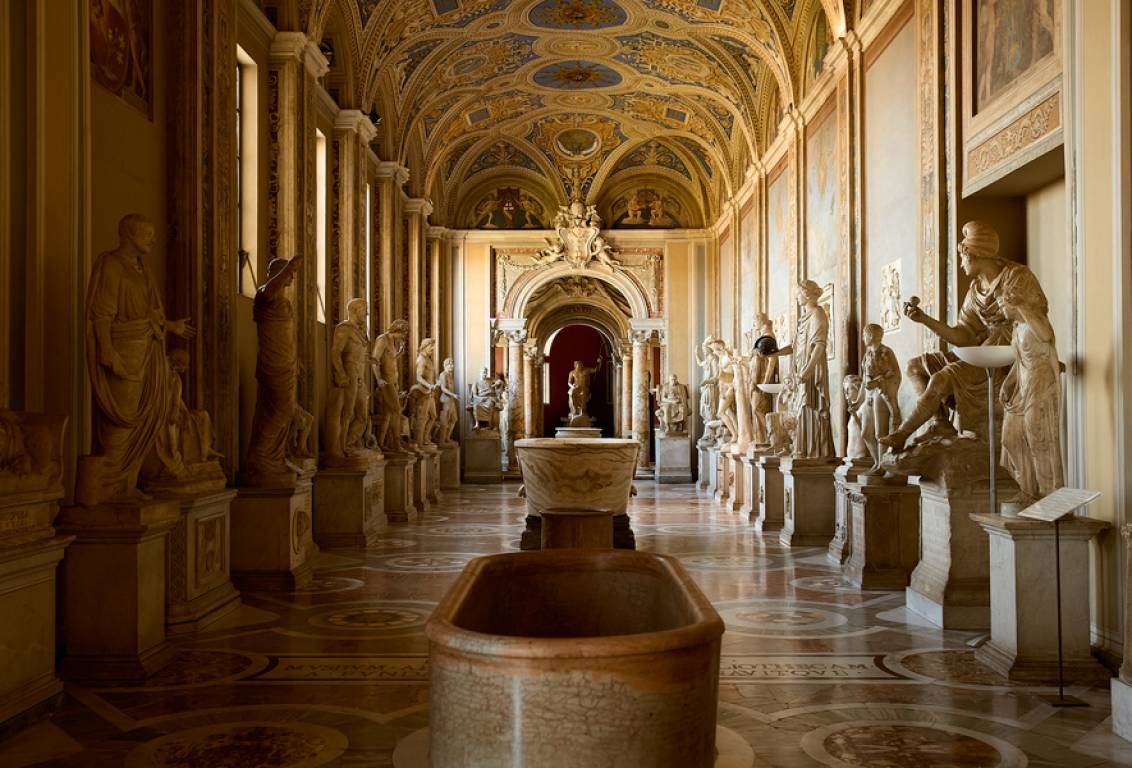
Visiting the Vatican Museums is often described as a spiritual journey—an opportunity for both reflection and connection with something greater than oneself.
Contemplative Spaces
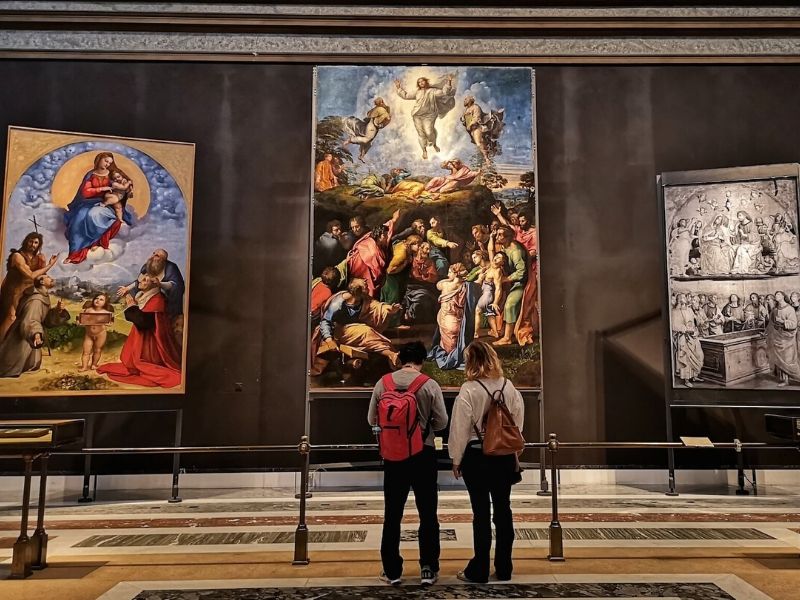
Among the numerous galleries and rooms lie spaces designed for contemplation.
One such area is the beautiful Pinecone Courtyard, which invites visitors to pause amid their explorations. The serene atmosphere encourages reflection on the relationship between nature and divinity, prompting thoughts about how both elements coexist harmoniously in creation.
As you rest for a moment, the gentle rustling of leaves and the soft murmur of water create an ambiance conducive to introspection. It is here that you might contemplate your own beliefs and experiences, pondering the ways in which art has influenced your understanding of the spiritual realm.
This aspect of the museum experience, often overlooked amidst the hustle and bustle of tourism, emphasizes the need for quietude in our lives. Just as these gardens serve as a refuge, so too can moments of stillness provide clarity in our search for meaning.
Pilgrimage of the Heart
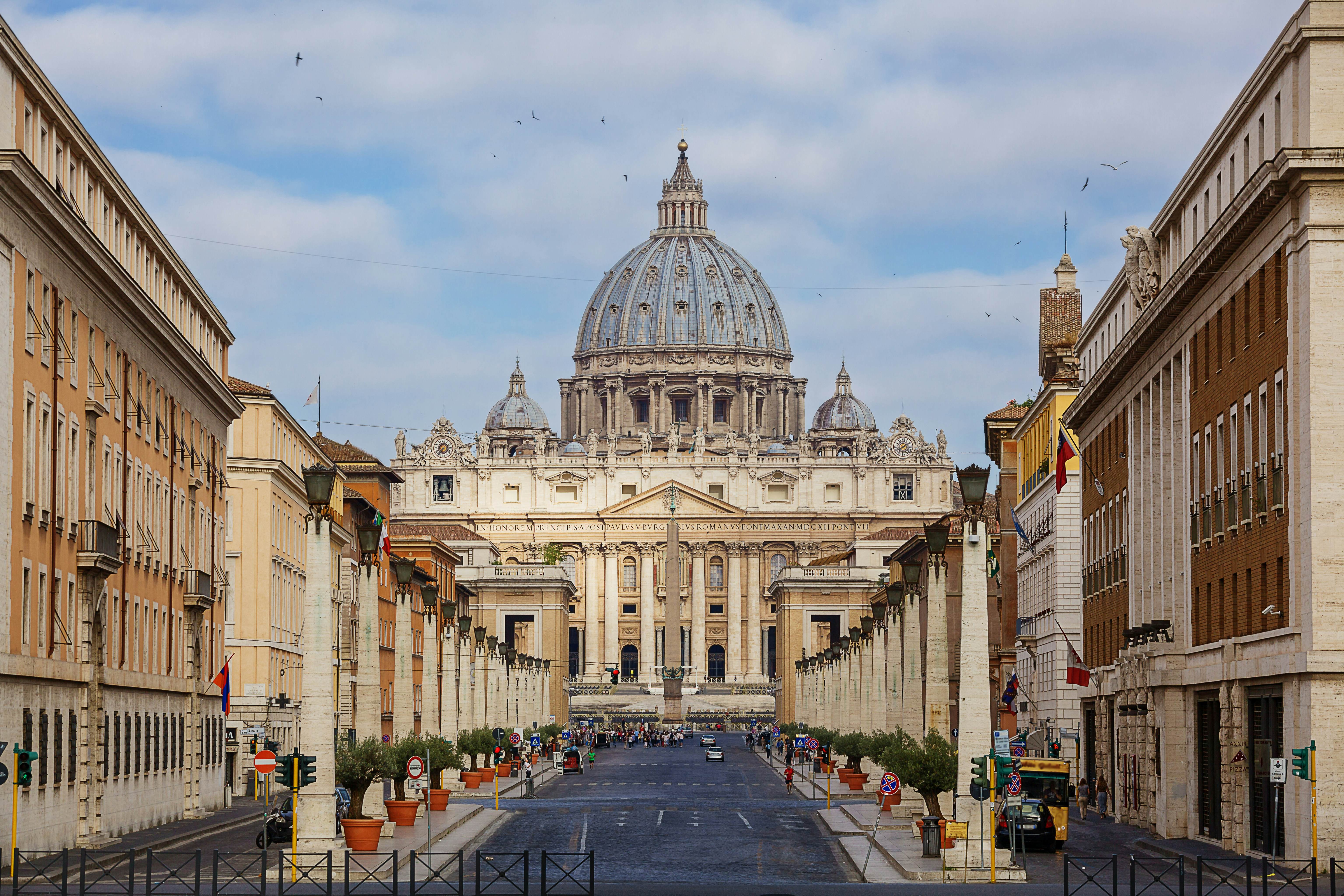
Many visitors approach the Vatican Museums not just as a destination but as a pilgrimage of the heart.
For individuals seeking a deeper understanding of their faith, the museums present a unique opportunity to encounter sacred art that resonates on a profound level. Viewing pieces like “The Last Judgment” or “The School of Athens” can evoke a sense of awe, challenging one’s perceptions of morality, truth, and purpose.
As you absorb these masterpieces, consider how they reflect universal themes of redemption, wisdom, and the pursuit of knowledge—elements that resonate across cultures and religions. This realization fosters a sense of interconnectedness, leading to transformative moments of self-discovery and spiritual awakening.
A pilgrimage is more than a physical journey; it embodies a quest for understanding, compassion, and growth. The Vatican Museums facilitate this exploration, encouraging visitors to embrace curiosity and engage with their inner selves.
The Intersection of Art and Faith
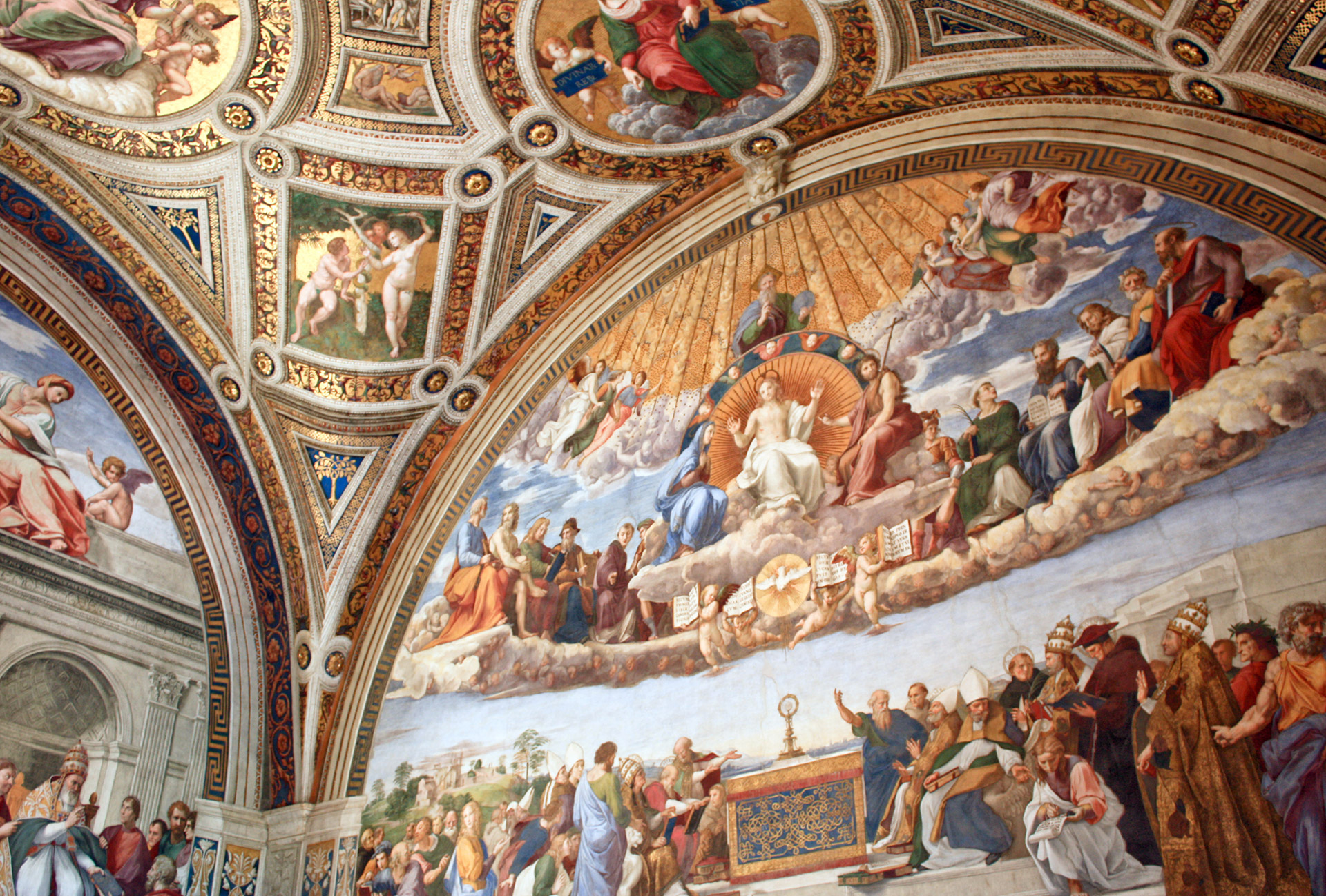
At the heart of the Vatican Museums lies the interplay between art and faith.
Throughout history, artists have sought inspiration from religious narratives, translating complex theological concepts into visual forms that invite contemplation. This sacred dialogue continues today as contemporary artists grapple with the significance of spirituality in modern society.
Exploring modern exhibits alongside traditional masterpieces enables visitors to witness how faith evolves while remaining relevant in a fast-paced world. How do contemporary interpretations of sacred themes challenge or reaffirm longstanding beliefs?
Engaging with this question can deepen your understanding of both the art and its spiritual implications, fostering a lively exchange between tradition and innovation. The Vatican Museums articulate this dynamic relationship, encouraging audiences to reflect on their own beliefs and how they manifest in their lives.
Navigating the Vatican Museums Experience
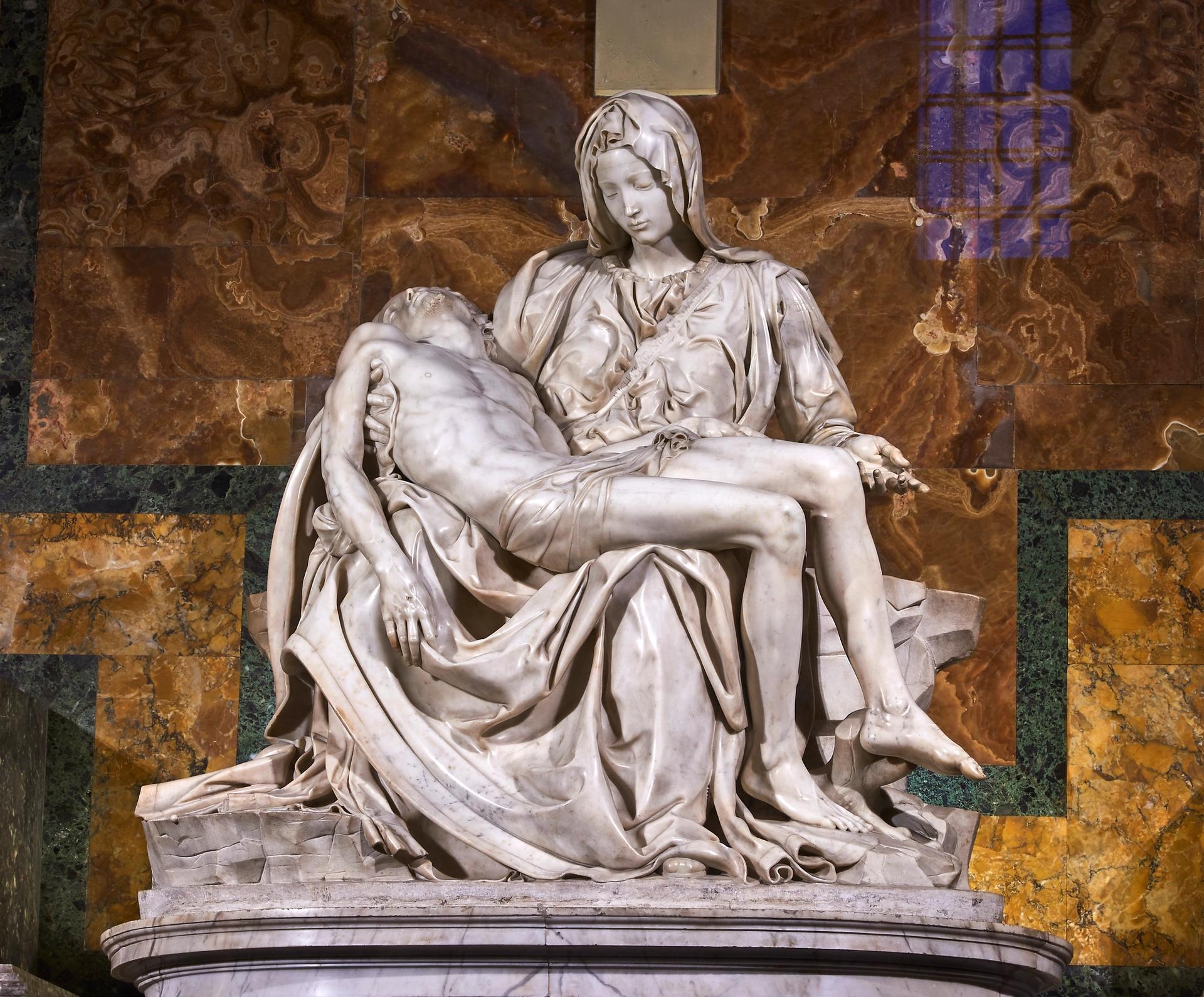
As the demand for cultural tourism increases, the Vatican Museums constantly adapt their strategies to enhance visitor experiences while managing crowds effectively.
Efficient Ticketing Systems
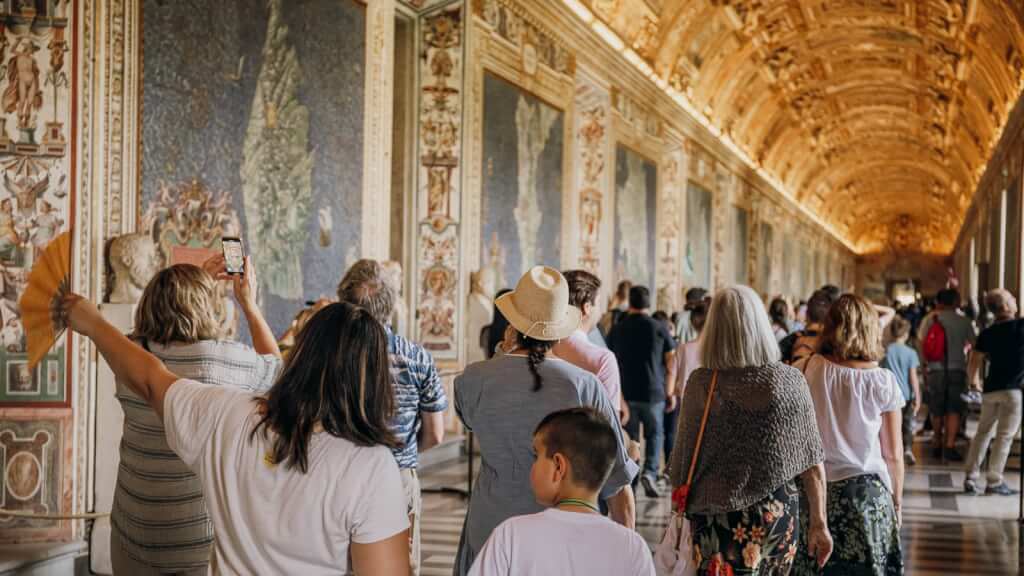
One of the most significant improvements made by the Vatican Museums is the implementation of online ticketing systems.
Platforms like The Vatican Tickets allow visitors to secure their entry in advance, reducing waiting times and streamlining access to the treasures within. This innovative approach ensures that guests can maximize their time immersed in the art rather than standing in long lines.
However, this convenience raises questions about how commercial aspects might influence the integrity of cultural experiences. Does the ease of access detract from the profound nature of visiting such a sacred space, transforming it into a mere transaction?
Reflecting on this dichotomy prompts deeper inquiry into the balance between accessibility and the sanctity of heritage sites. While technology can enrich our experiences, it is essential to remain mindful of the values that underpin our journeys through these hallowed halls.
Guided Tours vs. Solo Exploration

Another consideration when navigating the Vatican Museums experience is the choice between guided tours and independent exploration.
Guided tours offer curated insights into the artworks, providing historical context, anecdotes, and expert interpretations that enhance understanding. For those seeking a comprehensive overview, knowledgeable guides adeptly weave together the threads of history, faith, and artistry, revealing layers of meaning often missed during solitary visits.
Conversely, solo exploration allows individuals to move at their own pace, fostering an intimate encounter with each piece of art. This self-guided experience encourages deeper personal reflections, enabling visitors to form unique connections with the works that resonate most profoundly within them.
Striking a balance between these approaches may yield the richest experience. Consider alternating between guided sessions and time spent wandering freely. This combination cultivates both understanding and personal discovery, enriching your engagement with the museum’s treasures.
Reflecting on Cultural Responsibility
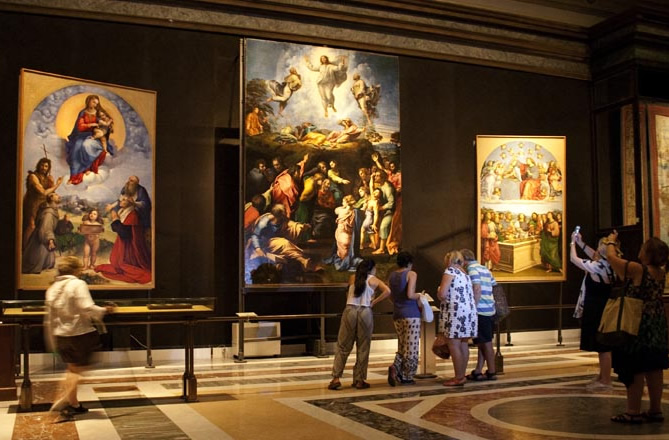
Ultimately, navigating the Vatican Museums experience entails embracing the responsibility we share as custodians of culture.
Every interaction with art carries implications—not just for ourselves but for the broader community. Recognizing the significance of cultural heritage compels us to engage thoughtfully with the narratives presented before us.
As you walk through the galleries, consider your role in preserving the legacy of the past. What lessons can you glean from the artwork? How can these insights inform your actions in the present and future?
Allowing these questions to guide your experience transforms your visit into an opportunity for growth and awareness. The Vatican Museums become more than mere destinations; they evolve into platforms for conversation and reflection, inspiring stewardship of the arts and culture.
Conclusion
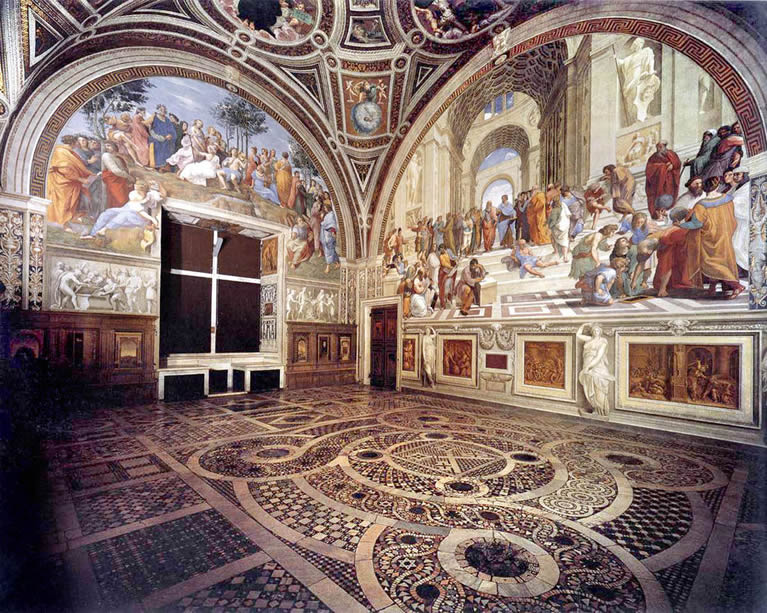
In exploring the vast and intricate world of the Vatican Museums, we uncover not just artistic treasures but also profound narratives that speak to the essence of humanity. The interplay of faith, art, and culture creates a rich tapestry of meanings that invite us to reflect on our beliefs and experiences. Whether witnessing the masterful strokes of Renaissance painters, contemplating the philosophies embedded within ancient sculptures, or embarking on a personal pilgrimage through sacred spaces, the museums offer a transformative journey.
As we navigate the complexities of modern life, the lessons learned within these walls remind us of the enduring power of creativity and spirituality. In doing so, we become more attuned to the relationships we share with art, culture, and each other. The Vatican Museums stand as a testament to the potential for connection and understanding—the ultimate celebration of the human spirit.

